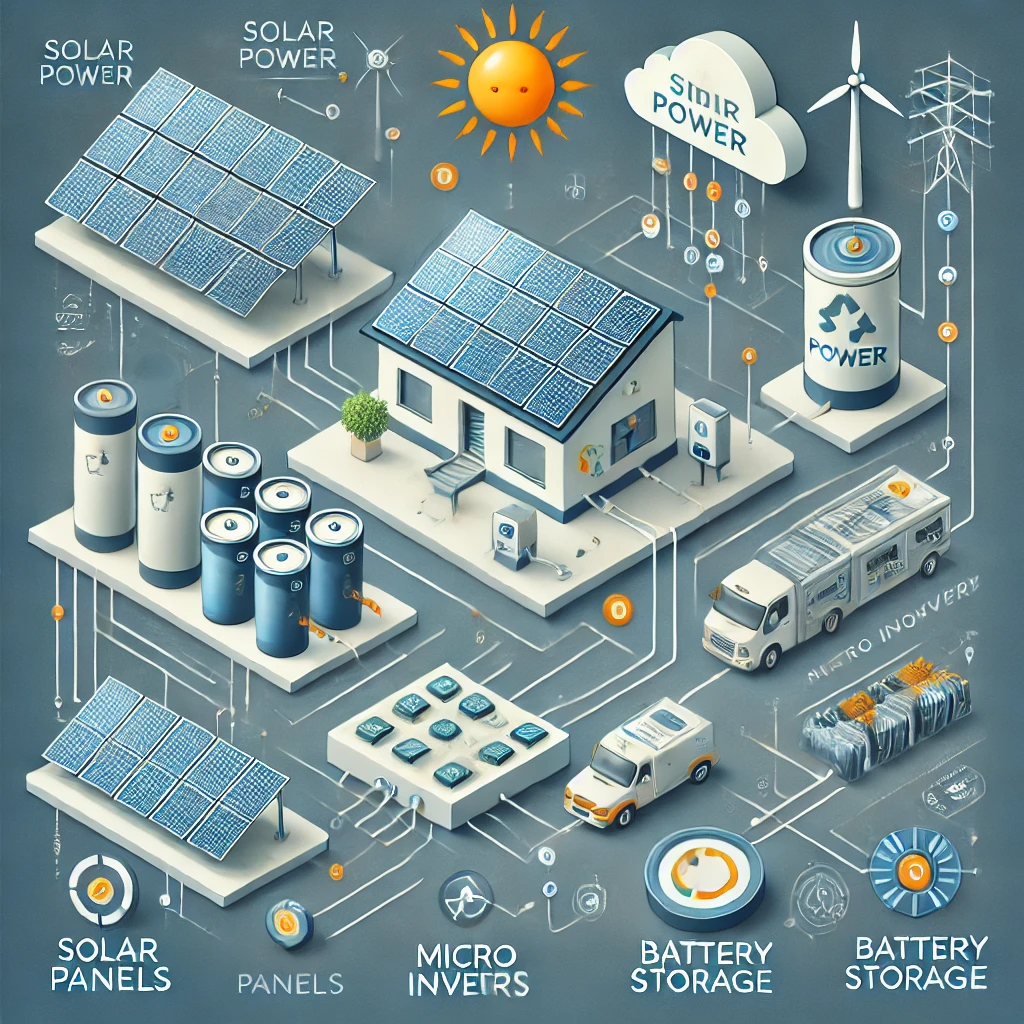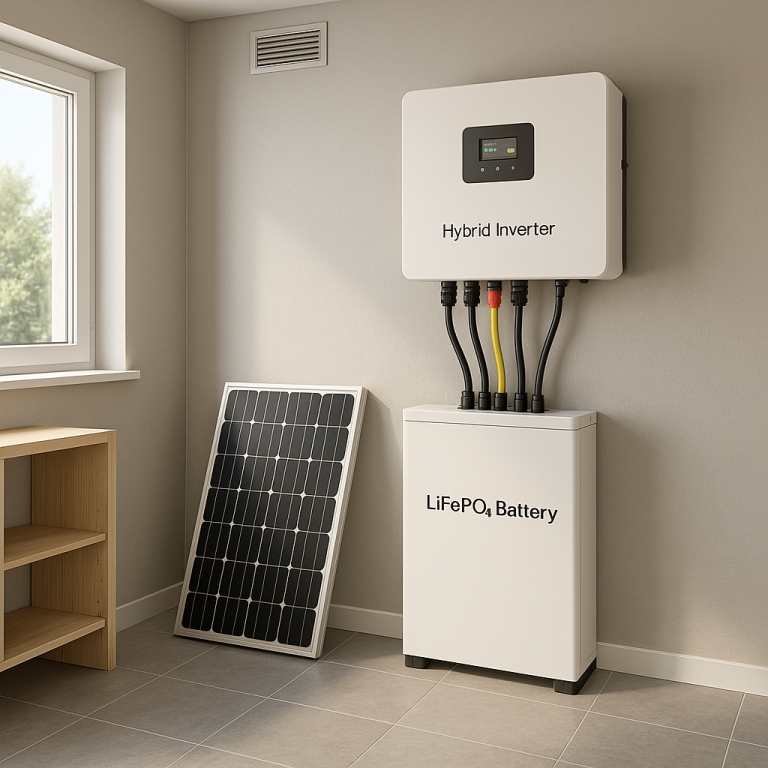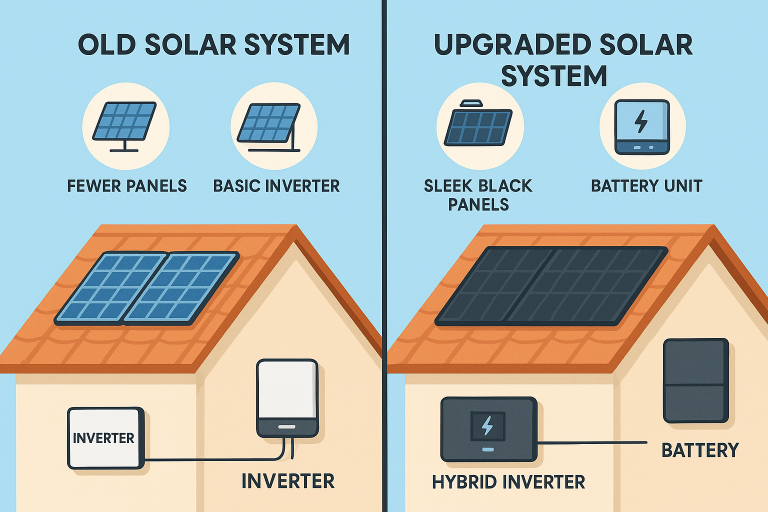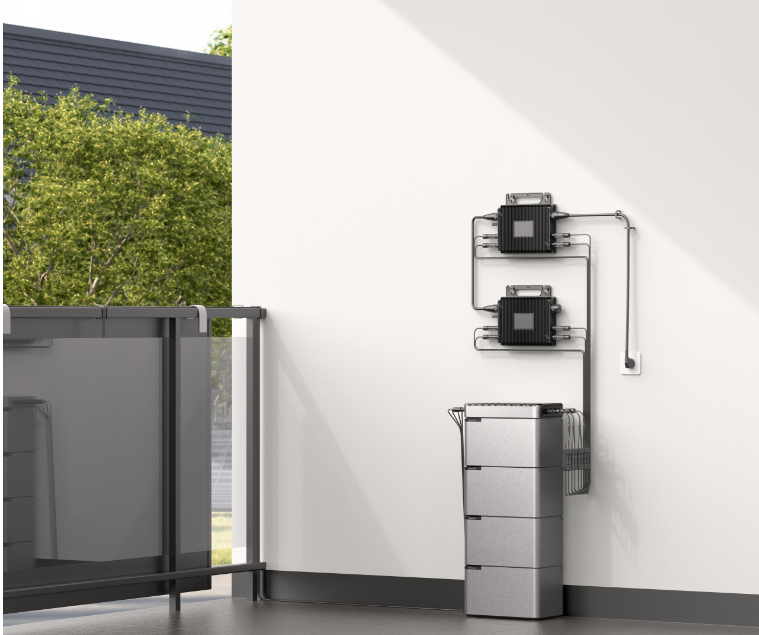1. Identify the Symptoms of a Failing Micro Inverter
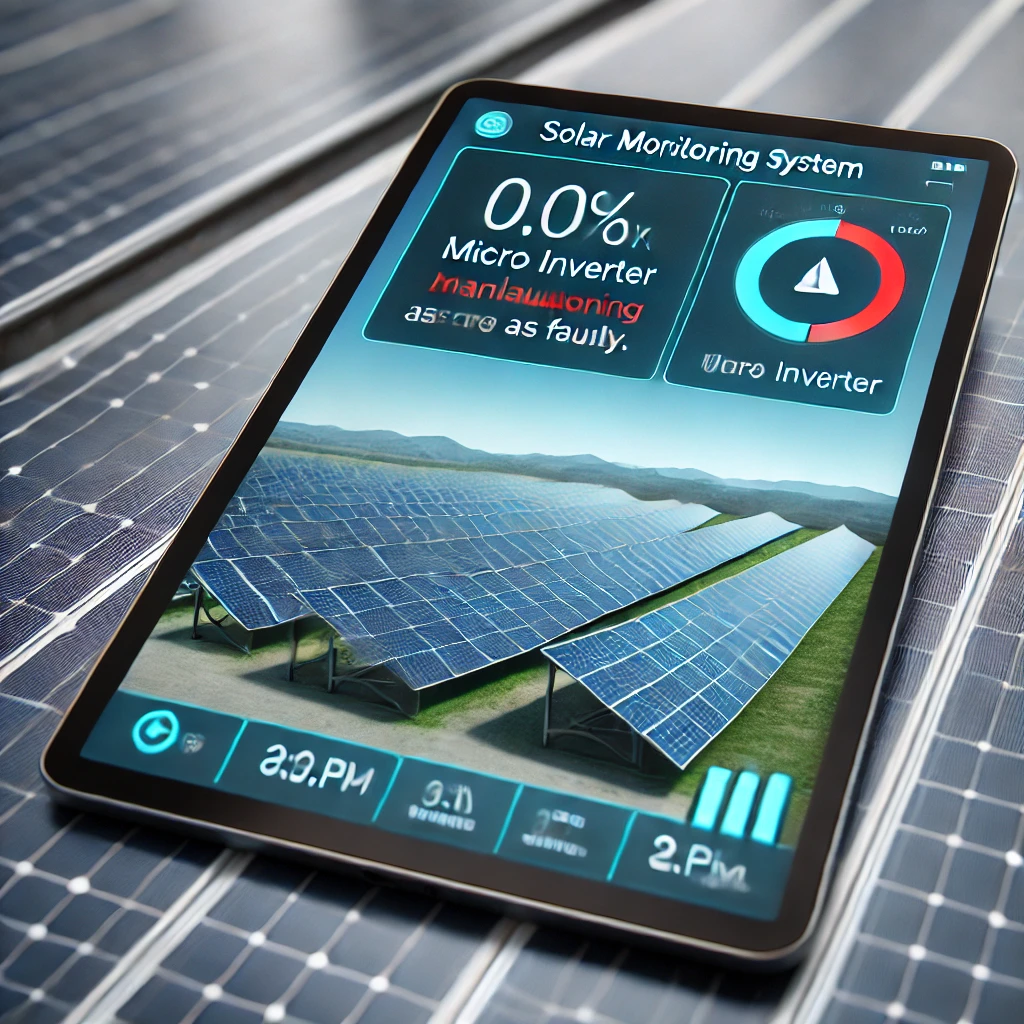
The first step in troubleshooting is identifying how the issue manifests. Some common signs of a malfunctioning micro inverter include:
? Signs of a Malfunctioning Micro Inverter
✔️ No power output – One or more micro inverters are not producing electricity.
✔️ Error messages on the monitoring system – Alerts such as “Low Output”, “No Communication”, or “Fault Detected”.
✔️ Reduced system efficiency – The total solar power production is lower than expected.
✔️ Frequent disconnections from the monitoring app – Micro inverter signals drop intermittently.
2. Check the Physical Connections & Wiring
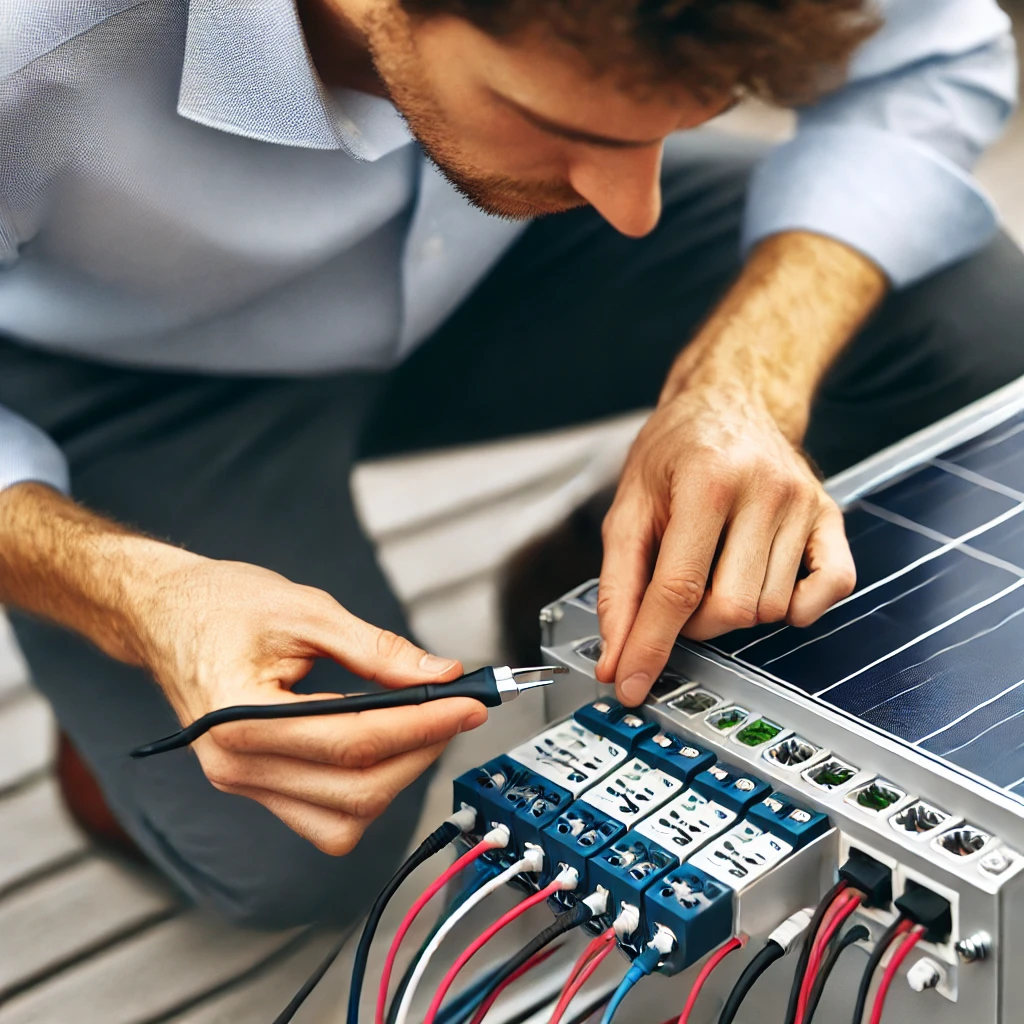
Many inverter failures are caused by loose connections or faulty wiring. Here’s how to check for common physical issues:
✅ Steps to Check Wiring & Connections
✔️ Inspect all cables – Ensure all wires are securely connected to the micro inverter and solar panel.
✔️ Look for visible damage – Check for burnt, frayed, or cut cables that may cause power loss.
✔️ Ensure proper grounding – Poor grounding can result in performance issues and potential safety hazards.
? Tip: If you find a loose or damaged cable, contact a professional electrician before attempting a repair.
3. Restart & Reset the Micro Inverter
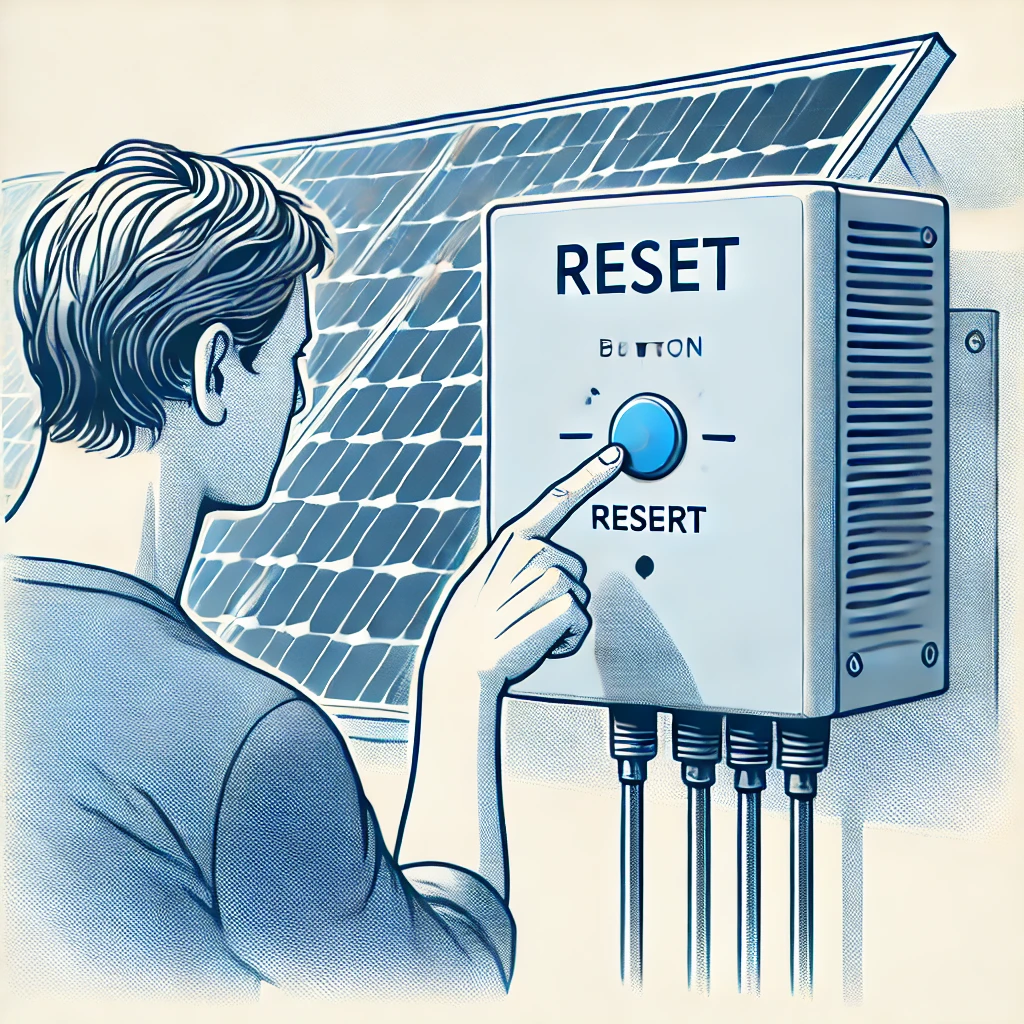
If no physical damage is found, the next step is to restart the micro inverter to clear potential system errors.
✅ Steps to Restart a Micro Inverter
✔️ Turn off the solar power system – Switch off the AC and DC power connections.
✔️ Wait for 5 minutes – Allow the inverter’s internal components to reset.
✔️ Turn the system back on – Restore AC and DC power and check if the system resumes normal operation.
? Tip: If your system has a dedicated reset button, follow the manufacturer’s instructions for a full reset.
4. Verify Firmware Updates & Communication Issues
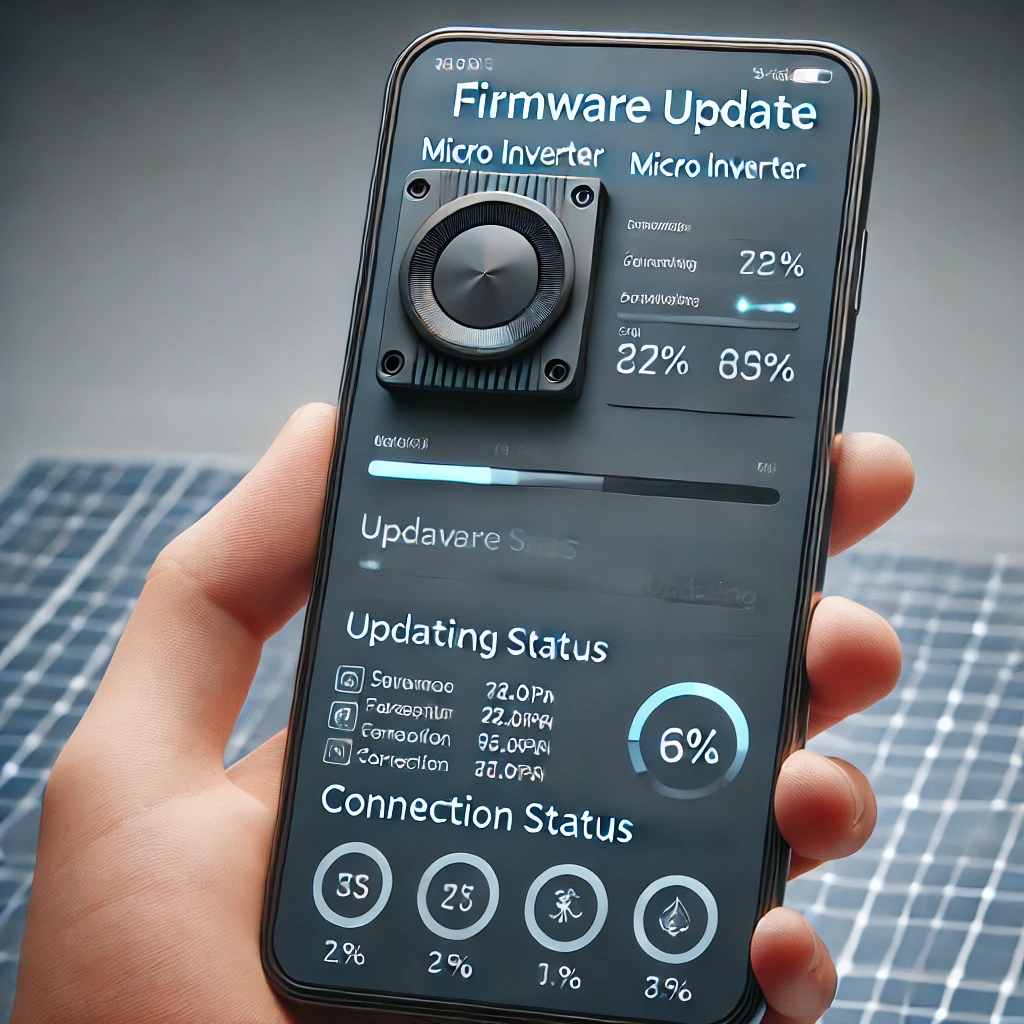
Sometimes, a micro inverter stops working due to outdated firmware or communication failures.
✅ How to Fix Communication & Firmware Issues
✔️ Check your WiFi or Ethernet connection – Ensure the inverter is connected to the network.
✔️ Update inverter firmware – Check the manufacturer’s app for available updates.
✔️ Reconnect the inverter to the monitoring system – Re-add the device if it is not syncing.
? Tip: Some micro inverters automatically update firmware overnight when connected to the internet.
Conclusion: Keep Your Micro Inverter Running Efficiently
By regularly inspecting connections, resetting the system, and keeping firmware updated, you can quickly resolve common micro inverter issues and maintain peak solar efficiency.
? Having trouble with your micro inverter? Follow these steps to get it back online!

